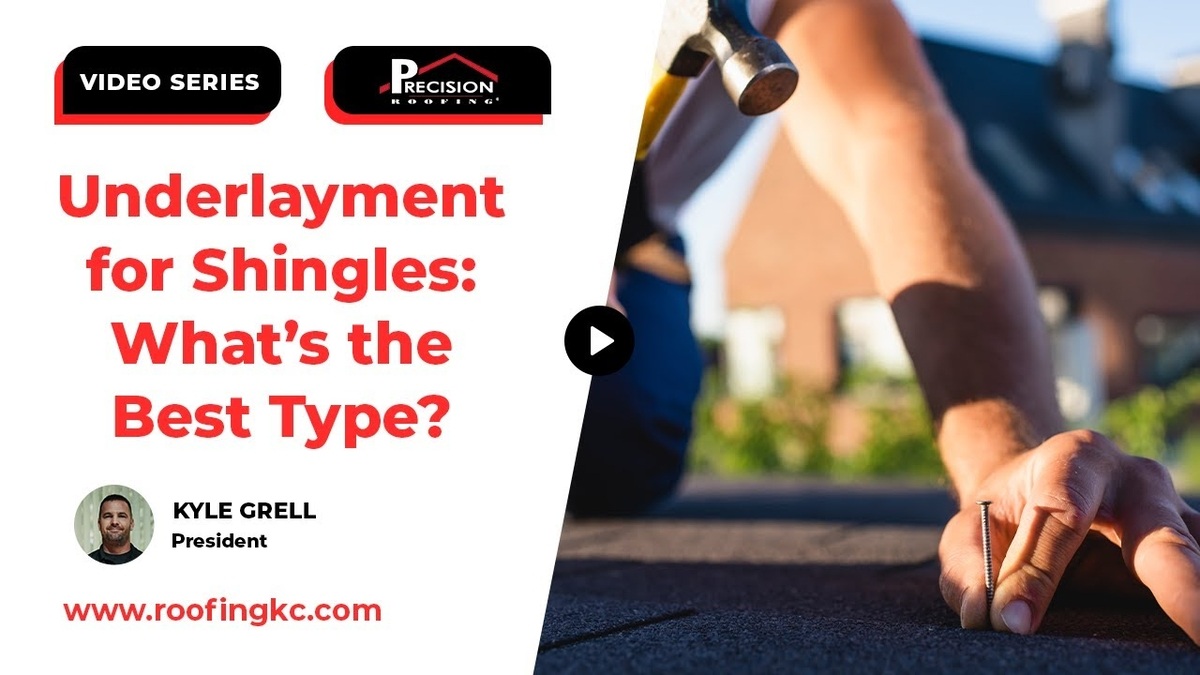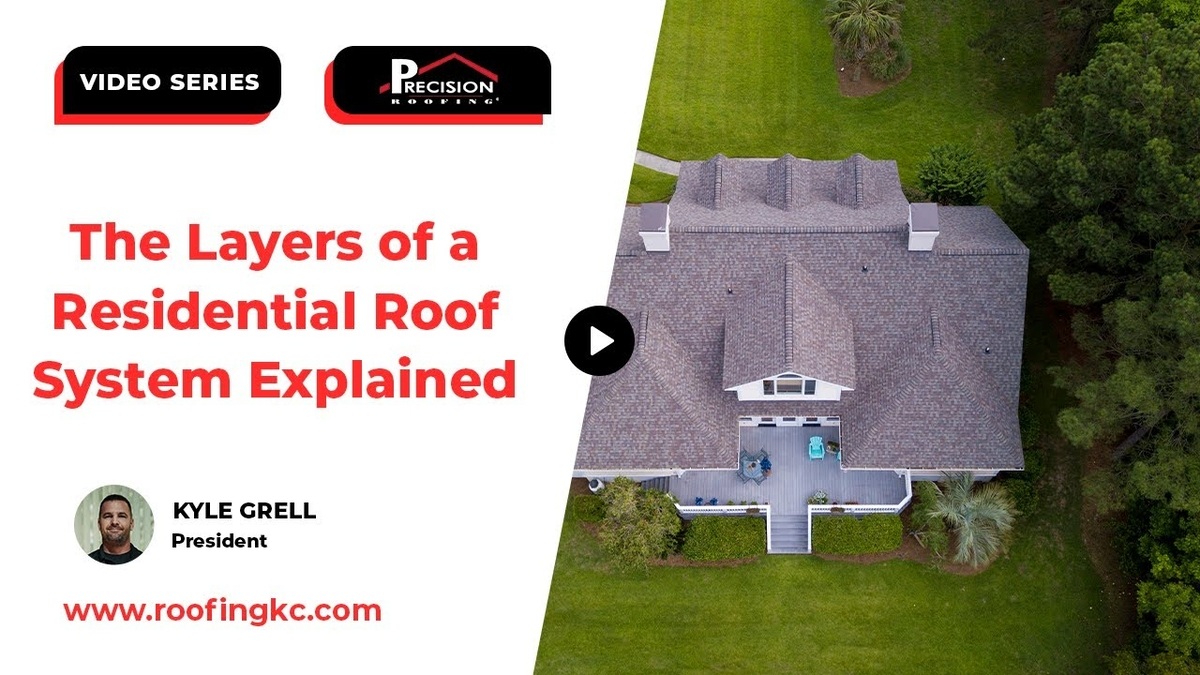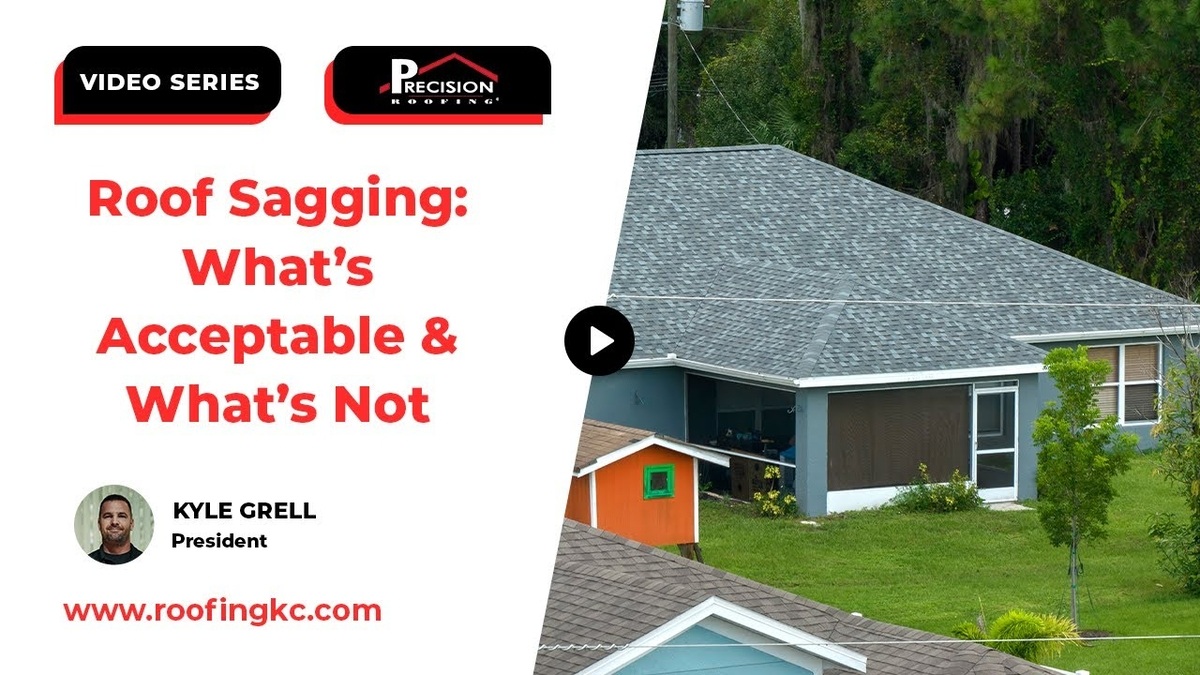Are Standing Seam Roofs Truly Storm-Proof?
It’s a common question among homeowners in storm-prone areas. Standing seam metal roofs are built for performance, with raised seams and concealed fasteners that resist wind-driven rain and water intrusion. When properly installed, they offer strong protection during severe weather and are often chosen for their durability.
However, like any roof system, they still require maintenance and periodic inspection. Hail can cause dents, and edge trims may be vulnerable to wind uplift or debris impact. In this article, we’ll cover how standing seam roofs perform in different storm conditions, common weak points to monitor, and which upgrades can improve overall durability and comfort.
What Makes Standing Seam Roofs Strong in Storms?
Hidden Fasteners and Solid Wind Performance
One of the key features that help standing seam roofs perform well in storms is their use of concealed fasteners. Unlike traditional screw-down metal roofs, standing seam systems don’t leave screws exposed to the elements. This reduces the chance of leaks and helps the panels stay firmly attached in high winds.
We’ve installed these roofs in wide-open areas with minimal tree cover or wind blockage, and they’ve held up exceptionally well in severe weather. For homes in rural or storm-prone locations, that’s a big advantage. However, that doesn’t mean these roofs are invincible.
Rain and Water Shedding
The interlocking panel design of a standing seam roof also helps with water resistance. The vertical seams are raised above the panel surface, allowing rain to flow off easily. When properly installed, these roofs offer excellent protection against heavy downpours. Still, water can find its way in if the roof is damaged or trims and edges are not sealed correctly.
Are Standing Seam Roofs Truly Storm-Proof Against Hail?
Susceptibility to Denting
Standing seam roofs may resist water and wind well, but they’re not immune to hail damage. Like most metal surfaces, these panels can dent when struck by hailstones larger than ¾ inch. We’ve seen roofs take a beating from Midwest storms that left noticeable dents and creases in the seams or surface.
If you’re concerned about hail, one way to reduce damage is to choose a higher gauge metal panel. Thicker metal holds up better, similar to how a Class 4 asphalt shingle outperforms a basic one.
Inspect After Every Major Storm
After a hail event, we recommend a full inspection of your roof. Even if there’s no leaking, small dents or creases can weaken the panels over time. Look closely at seams, edges, and anywhere debris may have struck the roof. It’s better to address minor damage early than deal with bigger repairs later.
Common Failure Points to Watch For
Panel Edges and Trims
Even though standing seam roofs perform better than many materials in high winds, corners and edge trims are still vulnerable. Strong gusts can lift these areas if they weren’t properly fastened or tree limbs strike them during a storm.
A fallen branch can crease metal panels, especially along the rakes and eaves. If the impact is strong enough, it can lead to leaks or reduce the panel’s structural strength. That’s why we always inspect edge details thoroughly after severe weather.
Water Penetration
Any sign of interior water damage or stains on ceilings or walls could point to a failure in the roof system. Standing seam roofs are durable, but improper installation or flashing issues can still lead to leaks. Regular maintenance and professional inspections help catch those problems early.
Reinforcements and Upgrades for Better Performance
Insulation Boards and Batten Installation
Some homeowners install their standing seam roof over a batten system using 2x4s. Between those battens, we can add rigid insulation boards, such as foam or pink insulation. This doesn’t make the roof itself stronger, but it does improve indoor comfort.
Additional insulation helps reduce sound from rain, wind, and even small hail, one of the biggest complaints about metal roofs. It also boosts energy efficiency, especially in homes without existing attic insulation.
What You Can’t Upgrade
It’s important to understand that insulation and underlayment don’t make the roof more storm-proof in impact resistance. They do, however, make living in the home more comfortable and can slightly reduce the strain on the structure below during extreme weather.
Key Takeaways for Homeowners
- Standing seam roofs truly storm-proof your home better than many other materials when it comes to wind and rain.
- Hail can still cause dents and surface damage, especially if the metal isn’t thick enough.
- Edges, seams, and trims are the most common failure points, especially after strong wind or falling debris.
- Upgrades like insulation boards help with noise and comfort but don’t make the roof more durable.
- Regular inspections after storms help catch damage early and extend the life of your investment.
Ready to Install a Standing Seam Roof?
If you’re considering standing seam for your next roof, we can help. At Precision Roofing, we’ve installed these systems across storm-prone areas and understand how to make them last. We’ll assess your property, recommend the right gauge of metal, and help you plan any upgrades for comfort and efficiency.
Contact us today to schedule your free inspection or request a quote. Let’s make sure your roof is ready for anything.



